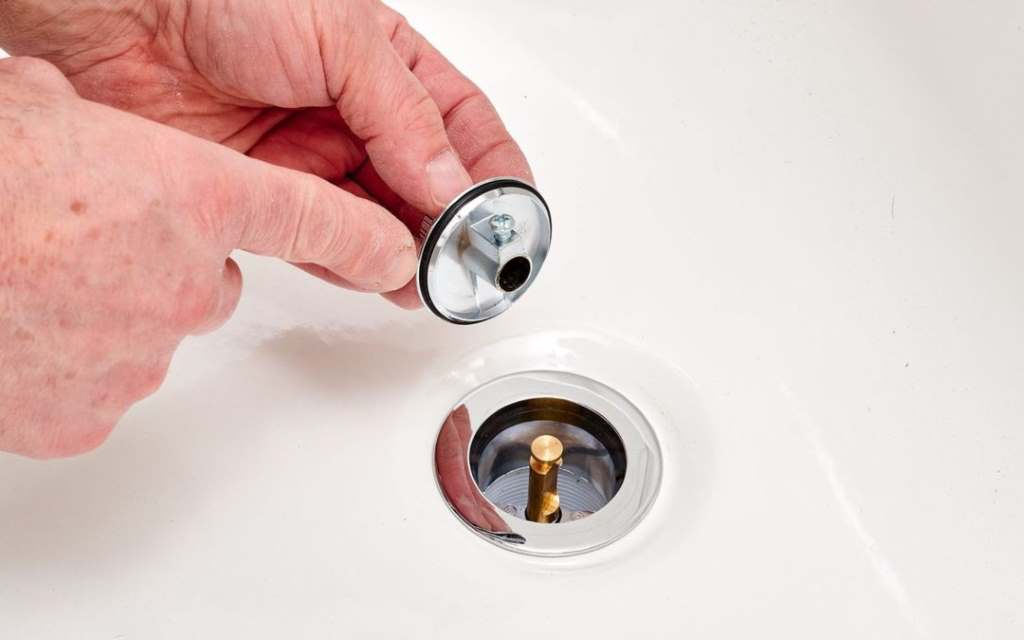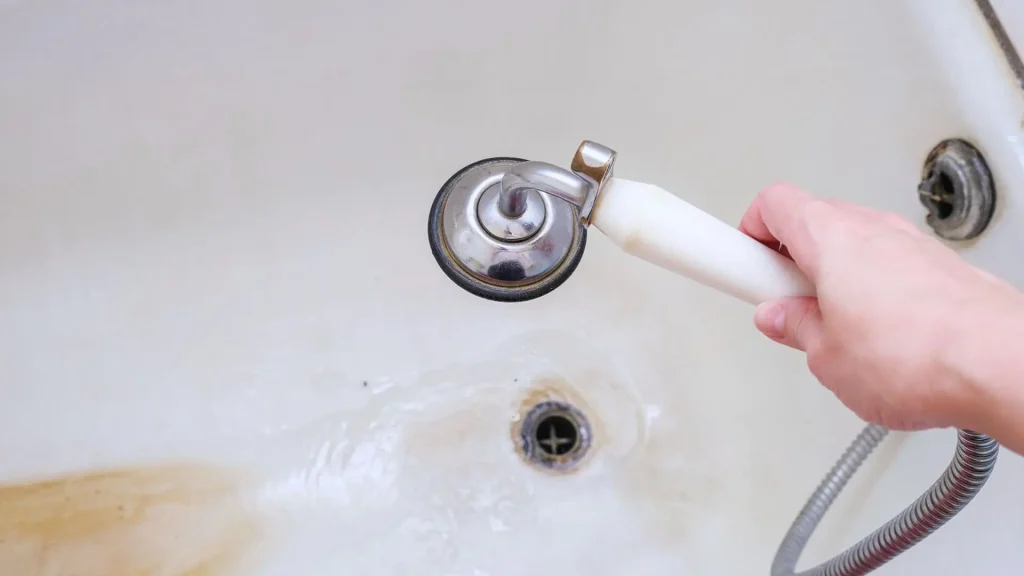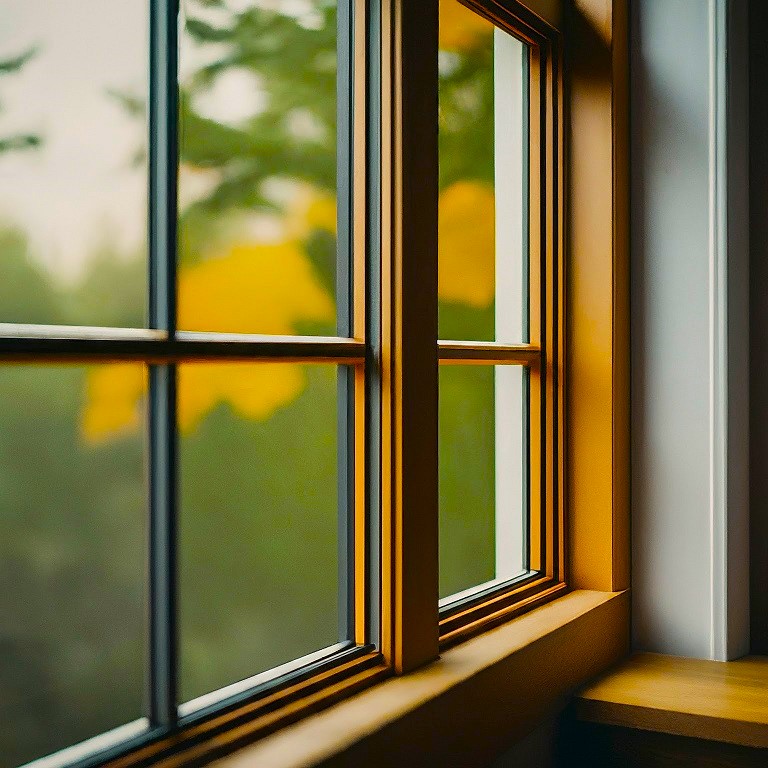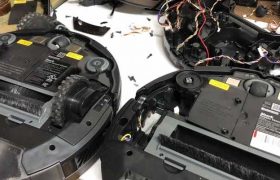A corroded tub drain can quickly become a homeowner’s nightmare. Not only is it unsightly, but it can also lead to slow drainage, leaks, and potentially costly repairs. In this article, we’ll delve into the causes of tub drain corrosion, provide effective solutions for fixing it, and offer tips on how to prevent it from happening in the first place.
Why Do Tub Drains Corrode?
Several factors contribute to the corrosion of tub drains, the most common being:
- Hard water: Hard water contains high levels of minerals like calcium and magnesium. Over time, these minerals can build up on the drain, causing corrosion and discoloration.
- Chemical drain cleaners: While effective in clearing clogs, the harsh chemicals in some drain cleaners can also corrode the metal components of the drain.
- Age and wear: Older drains are more susceptible to corrosion simply due to age and wear and tear.
- Material quality: Lower quality drain materials are more prone to corrosion than higher quality ones, making it more likely you’ll need to unclog bathtub drain systems frequently.
Identifying a Corroded Tub Drain
The signs of a corroded tub drain are often easy to spot:
- Discoloration: A corroded drain will often have a rusty or discolored appearance.
- Slow drainage: If your tub is draining slower than usual, it could be due to a buildup of corrosion on the drain.
- Leaks: In severe cases, corrosion can lead to leaks around the drain.
- Rough texture: If you feel a rough or gritty texture when you touch the drain, it’s likely corroded.
Fixing a Corroded Tub Drain: DIY Solutions
For minor corrosion, you may be able to fix the issue yourself with these DIY solutions:
- Vinegar soak: Soak a cloth in white vinegar and wrap it around the drain. Let it sit overnight, then scrub the drain with an old toothbrush. Vinegar’s acidity helps dissolve mineral deposits and corrosion.
- Baking soda paste: Make a paste of baking soda and water, and apply it to the corroded areas. Let it sit for an hour, then scrub with a brush and rinse. Baking soda is mildly abrasive and can help remove light corrosion.
- Commercial drain cleaners: For more stubborn corrosion, you can try a commercial drain cleaner specifically designed for removing rust and mineral deposits. Always follow the manufacturer’s instructions carefully and wear gloves and eye protection.
When to Call a Professional Plumber
If DIY methods fail or the corrosion is severe, it’s best to call a professional plumber. They have the tools and expertise to diagnose the extent of the damage and recommend the best course of action. This may involve replacing the drain or even part of the plumbing.
Preventing Tub Drain Corrosion
Taking preventative measures can save you the hassle and expense of dealing with a corroded drain down the road:
- Install a water softener: If you have hard water, a water softener can significantly reduce the buildup of minerals that cause corrosion.
- Use gentle drain cleaners: Opt for enzyme-based or other non-corrosive drain cleaners.
- Regular cleaning: Clean your tub drain regularly with baking soda or vinegar to prevent mineral buildup.
- Choose high-quality materials: When replacing your drain, opt for high-quality materials like stainless steel that are more resistant to corrosion.
Additional Tips
- Avoid abrasive cleaners: Harsh abrasives can scratch the surface of your drain, making it more susceptible to corrosion.
- Ventilate your bathroom: Good ventilation helps reduce moisture, which can contribute to corrosion.
- Don’t ignore leaks: Address leaks promptly, as they can accelerate corrosion.
Conclusion
A corroded tub drain is a common problem, but it’s one that can be prevented and often fixed with a bit of effort. By understanding the causes, solutions, and preventative measures, you can keep your tub drain looking and functioning its best for years to come.





